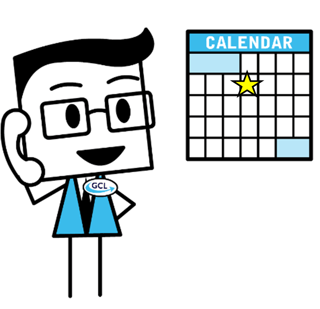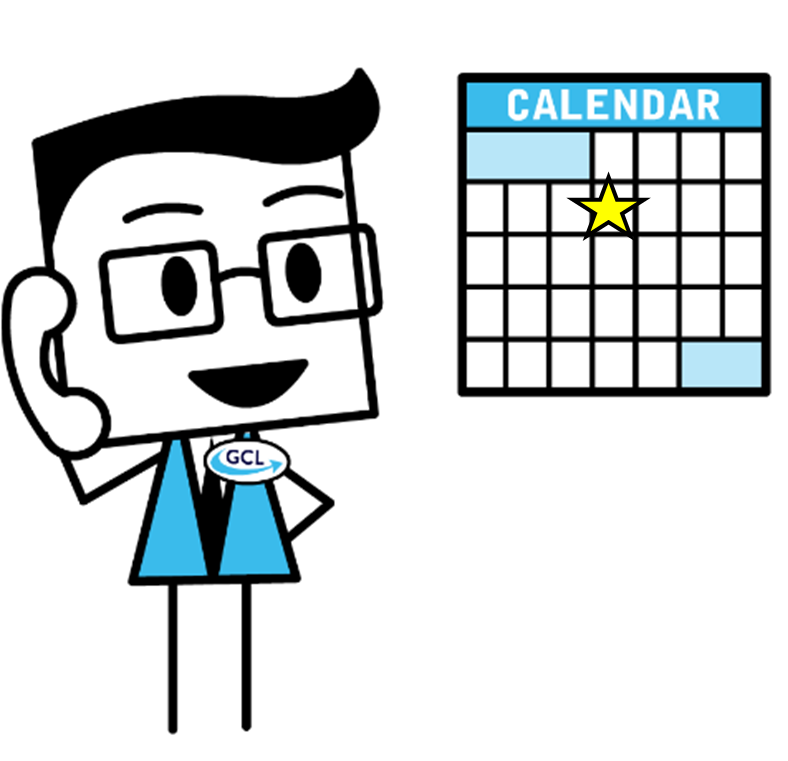
We know this isn’t exactly rocket science but the faster you follow up on a marketing lead the more chance of it converting! Sales leads that are hot off the press stand a much better chance of turning into a sale if they are contacted within 24 hours but it’s amazing how many organisations fail to live up to this approach.
This is why sometimes sales and marketing are at loggerheads over sales lead conversions. Marketing get frustrated when MQLs (Marketing Qualified Leads) aren’t followed up quickly enough by sales, but what is a good MQL follow up timescale?
Conversely, sales get disillusioned when they quickly follow up a lead only to find it’s a bad fit. A bad fit means that maybe the company they contacted is too big or too small for your proposition or the contact they’ve been given is not the decision-maker. There are many number of reasons a lead may be a ‘bad fit’ from a sales perspective and that’s why it’s so important that marketing and sales need to be on the same page when it comes to determining the criteria of an MQL.
Clearly, some leads need to be prioritised more than others based on the level of interest shown and that they meet the right fit. However, speed is still of the essence when it comes to making that all-important contact. Around 60% of buyers will go with the first company that contacts them when they’re ready to buy because a certain degree of confidence is built by the pro-active response to their interest. This is why it’s important to align your sales and marketing processes to make a quick contact happen.
Sales Preparation
From a sales perspective, the perception of an MQL should be high because the customer has shown genuine interest and it should have gone through some kind of qualification. This is so much better than cold calling a prospect so a sales person should be genuinely upbeat when they receive a properly qualified MQL.
An MQL which has resulted from a whitepaper download or a website landing page will already give an insight into what that customer is specifically interested in and this enables the sales person to prepare more carefully before making the call. This preparation is critical for gaining credibility swiftly with the customer and so the quicker the sales person can respond to a need, the more chance they have of building confidence and making the sale.
How quickly you can follow up on your MQLs will clearly depend on the size of your sales team and the processes you have in place for determining an MQL. Many studies have shown that with every day that goes by after a sales lead has been generated, the less chance you have of converting it. Striking whilst the iron’s hot is everything when it comes to MQL conversion so it’s important that sales and marketing are in harmony on this.
Sales need the time to research the prospect before making contact and marketing need to make this easier for sales by ensuring that they have the right details such as the contact name, position in the company, how they have engaged with the marketing content etc. In other words, everything that makes that sales lead a ‘good fit’.
Find a solution, before your competitors do
With good organisation and processes in place there’s no reason why MQLs can’t be contacted within 24 hours and it’s up to sales and marketing to make this happen. When you think about it, if a potential sales lead has responded to a piece of your marketing then it means they have a need and the chances are, they are researching other companies as well to find a solution to that need.
The quicker you act and help that customer with finding a solution, the better chance you have of making the sale and ensuring that you don’t lose out to a competitor.








